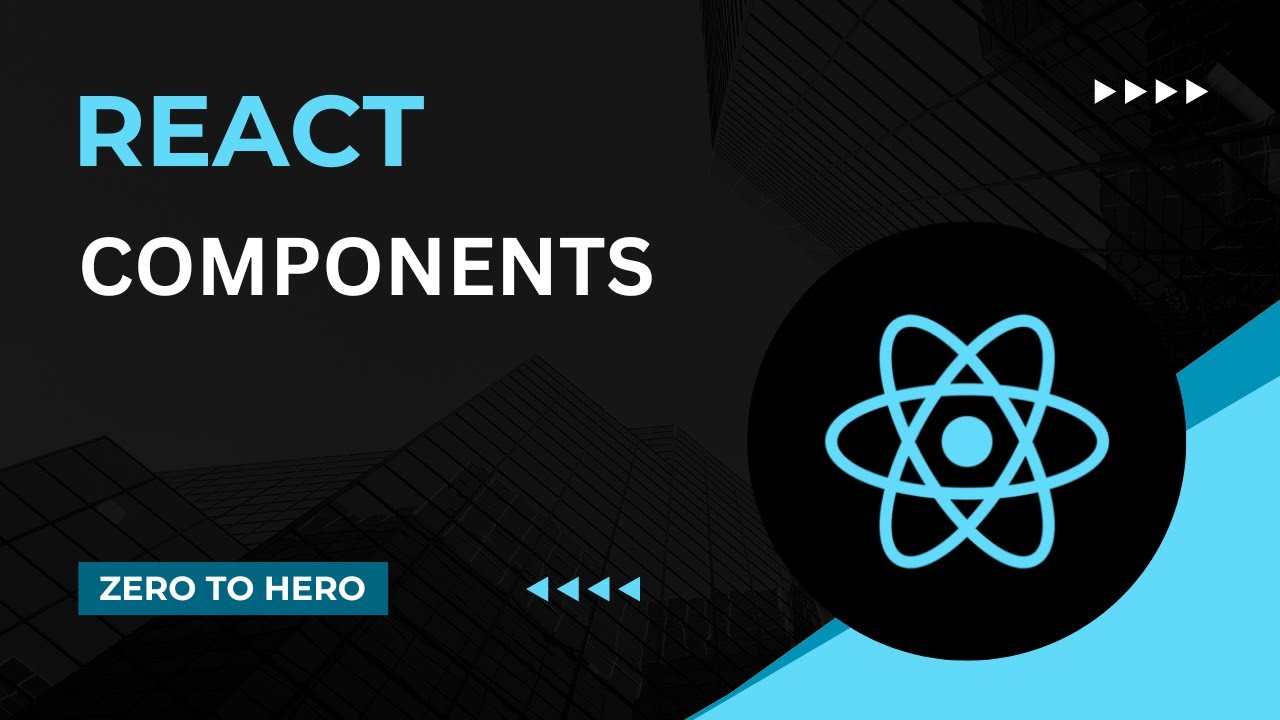Kubernetes StatefulSet simply explained | Deployment vs StatefulSet
Summary
TLDRIn this video, the presenter explains the key differences between stateful and stateless applications in Kubernetes, focusing on the use of StatefulSets for stateful applications like databases. It highlights how StatefulSets manage persistent storage, data synchronization, and pod identities, ensuring data consistency across replicas. The video also covers the complexities of scaling stateful applications, such as ensuring master-slave relationships in databases and the importance of persistent volumes. The presenter outlines how Kubernetes supports but doesn’t fully automate the setup of stateful applications, providing a preview of future tutorials on practical configuration and setup.
Takeaways
- 😀 Stateful applications store and track data, while stateless applications process each request independently without relying on previous interactions.
- 😀 Examples of stateful applications include databases like MySQL, MongoDB, and Elasticsearch, which require data persistence and consistency.
- 😀 Stateless applications, such as a Node.js app connected to a database, do not store any historical data and process each request as an isolated interaction.
- 😀 In Kubernetes, stateless applications are deployed using Deployments, which replicate pods and allow easy scaling with interchangeable replicas.
- 😀 Stateful applications are deployed using StatefulSets in Kubernetes, which manage the state and persistence of the pods in more complex ways.
- 😀 StatefulSets provide unique identities for each pod, ensuring they are not interchangeable and maintain their state across rescheduling and restarts.
- 😀 Stateful applications like databases require specific mechanisms for data synchronization, where only one pod (e.g., master) can modify the data, while others (slaves) sync their data.
- 😀 StatefulSets create and delete pods in a predictable order to protect data integrity, especially in applications that depend on data synchronization.
- 😀 For stateful applications, persistent storage is crucial. Kubernetes enables the use of persistent volumes that remain available even if pods are rescheduled or deleted.
- 😀 StatefulSets assign each pod a fixed DNS name and stable identity, which helps ensure that pods can retain their role (e.g., master or slave) even after restarts.
- 😀 Containerized environments like Kubernetes are not ideal for stateful applications due to the complexity of managing data persistence, synchronization, and backups, which Kubernetes does not handle automatically.
Q & A
What is a StatefulSet in Kubernetes?
-A StatefulSet in Kubernetes is a component used specifically for stateful applications, which require persistent data and maintain state across interactions. It allows for the deployment and scaling of stateful applications with unique identifiers and persistent storage.
How do StatefulSets differ from Deployments in Kubernetes?
-StatefulSets are designed for stateful applications that need persistent storage and unique identities for each pod, while Deployments are used for stateless applications where pods are identical and interchangeable. StatefulSets manage the state and ordering of pods, while Deployments focus on replication and scaling.
What types of applications are typically stateful?
-Stateful applications include databases such as MySQL, MongoDB, and Elasticsearch, or any application that stores data to maintain state across interactions.
What is the difference between stateless and stateful applications?
-Stateless applications do not store any previous interaction data and treat each request as an isolated, independent interaction, while stateful applications store data and maintain state across interactions, allowing them to track and update the status of their data.
What is the purpose of persistent storage in StatefulSets?
-Persistent storage in StatefulSets ensures that each pod retains its data across restarts, pod failures, or re-scheduling. It is crucial for maintaining the state of the application, particularly in scenarios where losing data would be unacceptable, such as with database applications.
Why is it important for StatefulSets to give each pod a unique identity?
-Each pod in a StatefulSet requires a unique identity to maintain consistency, especially in applications like databases where data synchronization and replication are crucial. Pods have a fixed identifier that persists even across restarts, allowing them to retain their role (e.g., master or slave) in the application.
How does data replication work in a StatefulSet with a database like MySQL?
-In a StatefulSet with MySQL, one pod is designated as the master for write operations, while other pods act as slaves for read operations. Data synchronization ensures that the slaves are updated with changes made by the master. When a new pod joins, it clones data from an existing pod and then synchronizes with the master.
What is the role of a master and slave pod in a StatefulSet for database applications?
-In a database StatefulSet, the master pod is responsible for writing data, while slave pods handle read requests. The master pod ensures that data is consistent, and the slaves replicate the data from the master to maintain synchronization across the pods.
What happens when a pod in a StatefulSet is deleted or rescheduled?
-When a pod in a StatefulSet is deleted or rescheduled, its persistent storage is reattached to the new pod to ensure it retains its data and state. Pods are also created and deleted in a specific order to preserve data consistency.
Why is it important to use remote storage in a StatefulSet?
-Remote storage is important in a StatefulSet because it ensures that data is available even if the pod is rescheduled to a different node. Local storage tied to a specific node cannot be accessed if the pod is moved, making remote storage essential for maintaining data availability and consistency.
Outlines

هذا القسم متوفر فقط للمشتركين. يرجى الترقية للوصول إلى هذه الميزة.
قم بالترقية الآنMindmap

هذا القسم متوفر فقط للمشتركين. يرجى الترقية للوصول إلى هذه الميزة.
قم بالترقية الآنKeywords

هذا القسم متوفر فقط للمشتركين. يرجى الترقية للوصول إلى هذه الميزة.
قم بالترقية الآنHighlights

هذا القسم متوفر فقط للمشتركين. يرجى الترقية للوصول إلى هذه الميزة.
قم بالترقية الآنTranscripts

هذا القسم متوفر فقط للمشتركين. يرجى الترقية للوصول إلى هذه الميزة.
قم بالترقية الآنتصفح المزيد من مقاطع الفيديو ذات الصلة
5.0 / 5 (0 votes)






